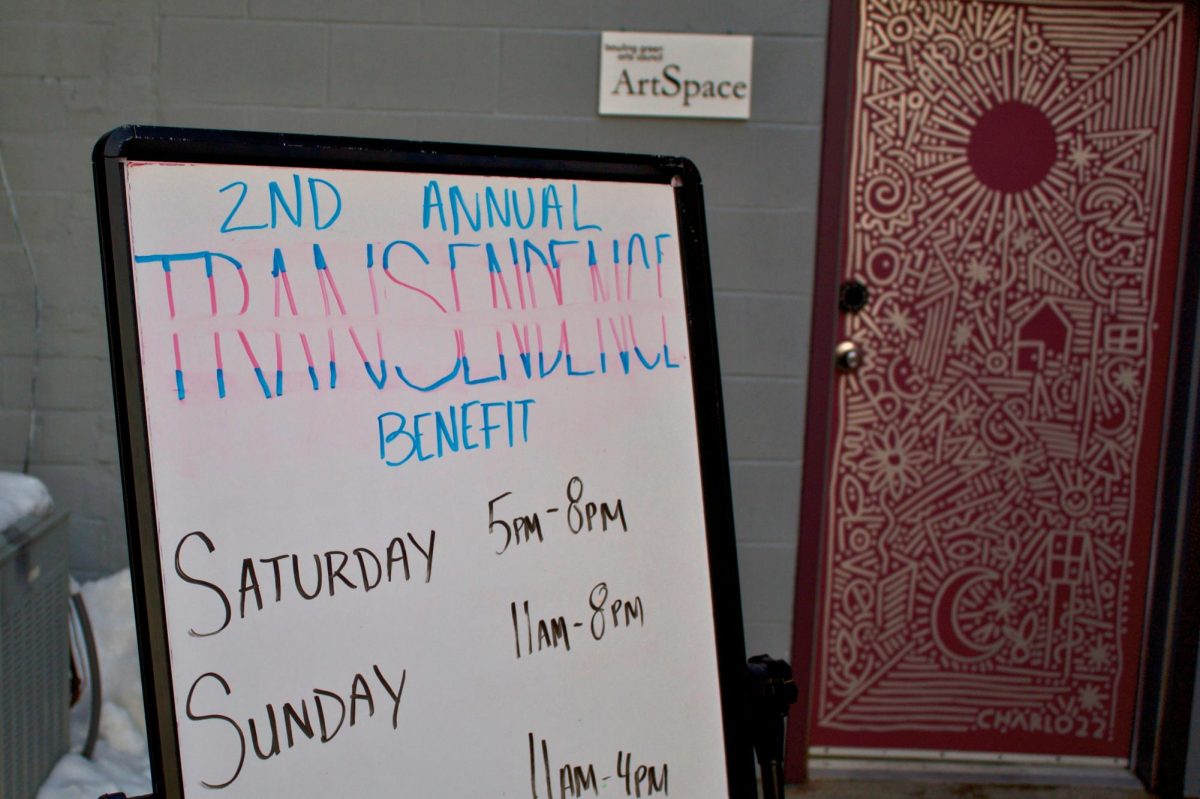The Charles E. Shanklin Award for Research Excellence is known at the University and around the world, which is one of the reasons Rony Khnayzer decided to apply for it.
“It is a very prestigious award that is not only known at BGSU, but around,” said Khnayzer, a graduate student pursuing a degree in photochemical sciences. “I decided to apply, first, because of the prestige it brings to me and the second one is the prize, which is relatively high. “
Khnayzer is a student from Lebanon, and first heard about the award from his adviser in Lebanon, who won it in the past, he said.
“It was one of the awards I wanted to get from Bowling Green,” he said.
The Shanklin awards recognize research excellence, said David Sleasman, Graduate Student Senate president.
The awards show the importance the University puts on research, said Michael Ogawa, vice president for Research and Economic Development.
“It raises the awareness of research on campus,” he said. “One of the most important missions of the University is to create knowledge and to disseminate knowledge, and that’s the definition of research.”
GSS sponsors the competition, which offers awards to six students in three categories, Sleasman said. Students can submit research in Science and Mathematics, Social and Behavioral Sciences or Arts and Humanities, he said.
Graduate students submit their research to the competition with a 20 page summary, Sleasman said.
The summary had to be technical but addressed to a different audience than he’s used to, Khnayzer, who won first place in the Science and Mathematics category in 2012, said.
“The application process is an opportunity for students to present their work to a lay audience,” Ogawa said. “It’s challenging but also important.”
Khnayzer submitted two papers to the competition, and won with one about increasing the efficiency of solar cells using non-coherent pumped up conversion photochemistry. The competition helped him because it made him be able to describe his research to a different audience, he said.
“To be able to write is different than to be able to communicate your science to an audience as a researcher and a scientist; a very important aspect is to be able to communicate our findings,” Khnayzer said.
Once the research is submitted, faculty members judge the research and two finalists in each category are determined, Sleasman said.
The finalists then must present at the GSS Awards Ceremony on April 18, Sleasman said.
“Preparing for the Shanklin Award presentation helped me a lot in order to be able to communicate my findings to the general public,” Khnayzer said.
The finalists have to present their work publicly, and that’s a good experience, Ogawa said.
“For so many researchers, they’re so absorbed in the details that sometimes they neglect to think about the big picture,” he said. “When explaining it to the public, the big picture is often more important than details.”
First and second place for each category are chosen after the presentations; the first place monetary award is $1,250, and the second place monetary award is $750, Sleasman said.
“It’s the premier event for graduate students for research and awards,” Sleasman said.
This is the 31st year for the competition, Sleasman said. The award is named after Charles Shanklin, who was a past member of the University Board of Trustees who advocated for graduate students. He died in 2000, Sleasman said.
The judging for this year’s competition is going on now, finalists will be notified about a week before the April 18 ceremony, Sleasman said.













